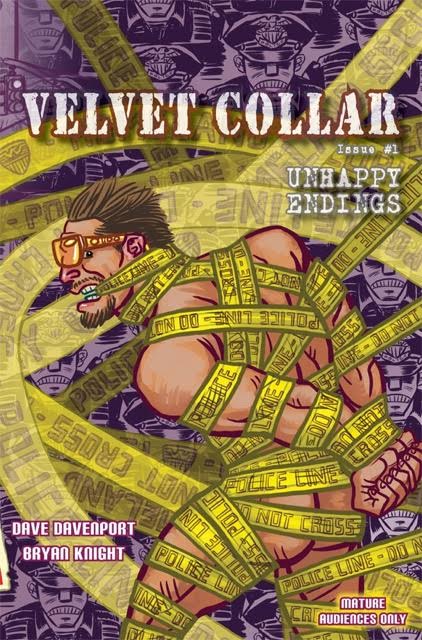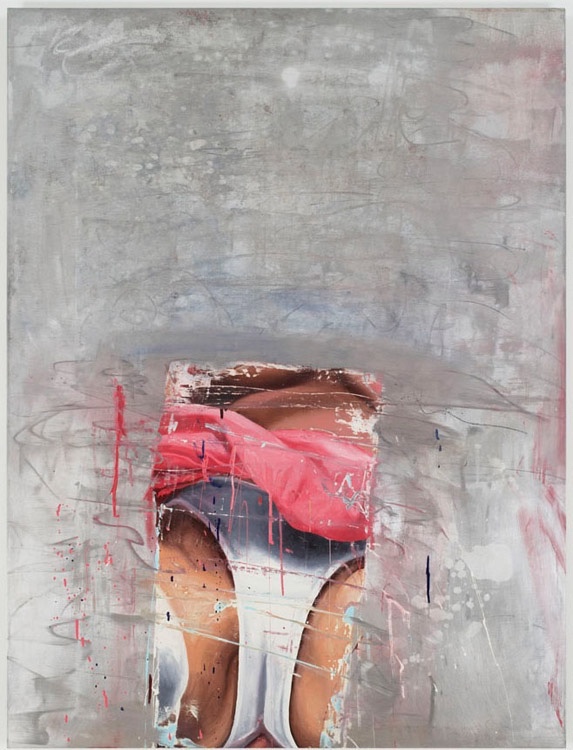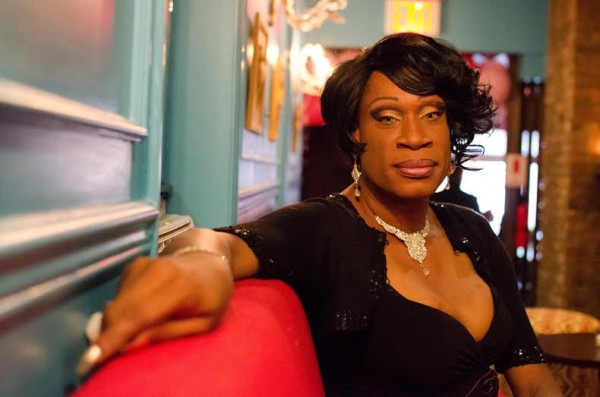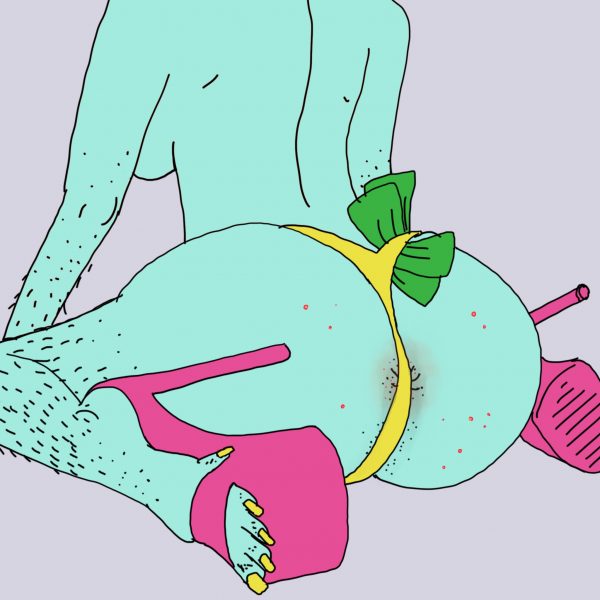What Does Amalia Ulman’s Instagram Art Mean for Sex Workers?

‘Up-and-coming’ no longer describes Argentine-born Amalia Ulman. Her recent work– a secret Instagram photo series mimicking the online persona of an L.A. sugar baby–made some huge waves. Ulman is quickly gaining ground as an artist whose accomplishments extend well beyond speaking at the respected Swiss Institute and showing at Frieze and the 9th Berlin Biennale. Her recent viral success is due in no small part to the enduring cultural fascination with—and disdain for— sex workers. It just so happens that she used to be one herself.
Even though she was never without basic needs growing up in a working class family, Ulman found herself struggling later in life to afford food and winter clothing while making art in London, England.
“Once I had to steal a coat from a store,” she says of a time when she was also financially supporting her mother, “and for me it was the most demeaning thing I’ve had to do in my life. It was out of necessity and not just for fun or the thrill. It changes things a lot when you actually need it.”
Financial hardships aside, Ulman had to balance the time demands of artistic production: “Sadly, most people don’t really understand that the process of making art requires lots of free time. That’s why, especially now that the economy is so bad in general, it’s just full of rich kids, because they’re the only ones who can go a month without really doing anything. Because that’s how making art works.”
Moreover, Ulman was resistant to the social expectation that a young woman should be spending her time finding a husband. She was keenly aware that if she charged for that same romantic experience she didn’t want personally, she could make both time and money for herself:
“Instead of having to perform heteronormativity all night, like going on dates with random dudes, for free, I was like, ‘Well, I’ll just do that for money.’ For me, [sex work] wasn’t like a dark thing to do, or an empowering thing to do either. I was just buying time for myself to think. I had retail jobs in the past where I had a 9-to-5, plus transportation of two hours in the middle of the snow, and I couldn’t think. I would rather I monetized on my body, which I was already doing in a way because that’s how the art world was working for me…even if I didn’t want to, I was being objectified as a young female artist and most of the attention I was getting was from older men in the art world. It was very objectifying.”
Imagine this encounter: An older man invites a younger woman to a private room in Manhattan. Once there, he offers her money, sensually feeds her finger-foods, and grabs her ass as she leaves. It seems par for the course for any escort providing an outcall, but this is what happened to Ulman during a formal interview with a representative of an admired art magazine, not with a former client. This is reality in an industry with an ingrained culture of quid-pro-quo “mentorship.”
 Velvet Collar is a comic book series written and produced by worker Bryan Knight and drawn by queer comic artist
Velvet Collar is a comic book series written and produced by worker Bryan Knight and drawn by queer comic artist 

 Exotic Cancer is a 24-year-old stripper who has been dancing for four years down under in Melbourne, Australia. Since just before the start of 2018, her
Exotic Cancer is a 24-year-old stripper who has been dancing for four years down under in Melbourne, Australia. Since just before the start of 2018, her